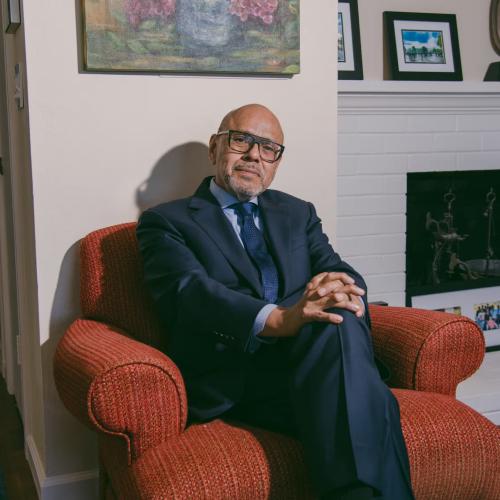Related Stories
This Is Your Brain On Drug Ads
Key Excerpts from Article on Website of NPR
Posted: December 27th, 2021
https://www.npr.org/transcripts/1035147636
British people are [asking]: What is the deal with all of these medicine ads in the U.S.? England doesn't allow commercials for prescription drugs. While there are ads for over-the-counter drugs in most of the world, the U.S. and New Zealand are the only two countries that allow drug companies to advertise prescription drugs directly to consumers. Commercials for prescription drugs do not exist in Europe or South America or Asia or Africa or Mexico or Australia, just in the U.S. and New Zealand, which is a much smaller market. It wasn't too long ago that TV in the U.S. was like the rest of the world, completely free of prescription drug ads. The '60s, the '70s, most of the '80s, there are no ads like this. By the '80s, though, ... drug companies started saying, we don't want to advertise our drugs just to doctors and pharmacists anymore. We want to market our drugs directly to consumers. The FDA was worried about how commercials would impact demand for drugs - misuse, overuse, all kinds of things. But there were compelling reasons to go directly to consumers. So in 1981, the first direct-to-consumer ad runs in print in Reader's Digest. The FDA [decided television] commercials need to say, out loud, the major risks of a drug. You just had to include the major risks of a drug, along with places where consumers could get more information about the drug, like a phone number or a website or a recommendation just to talk to your doctor. And this is what really opens the TV ad floodgates.
Note: The pharmaceutical industry provides 75% of television advertising revenue in the US. So how likely are TV stations to carry stories that reveal problems with drugs or corruption in the industry? For more along these lines, see concise summaries of deeply revealing news articles on Big Pharma profiteering from reliable major media sources.
Related Stories
Latest News
Key News Articles from Years Past











































































